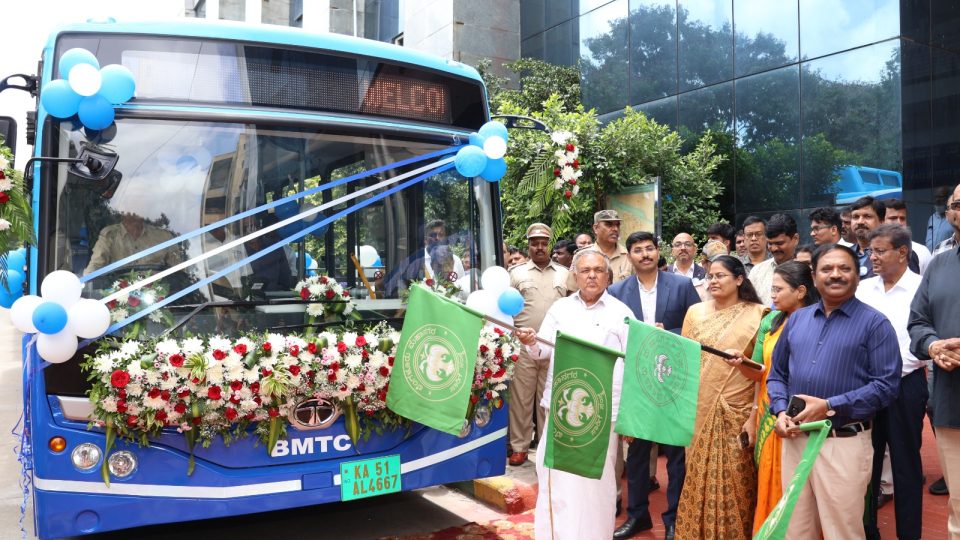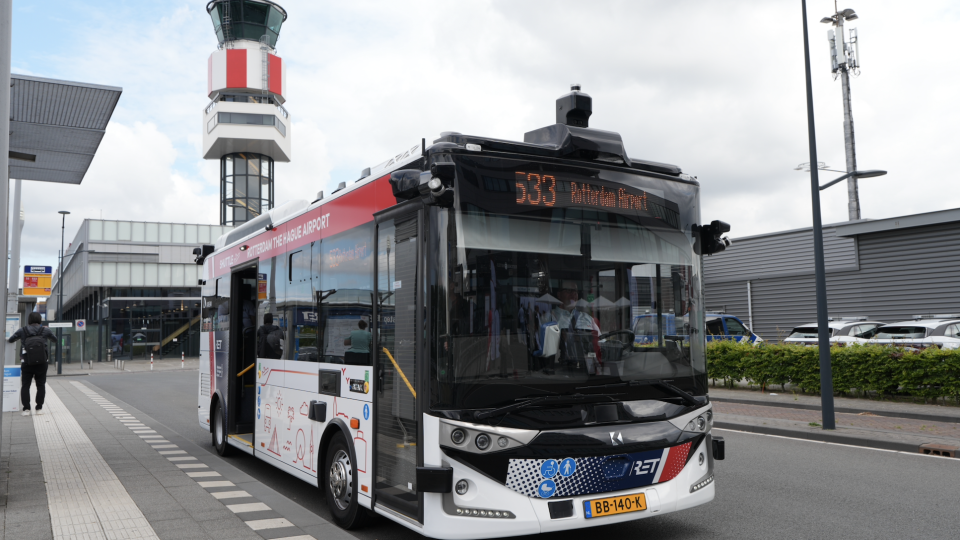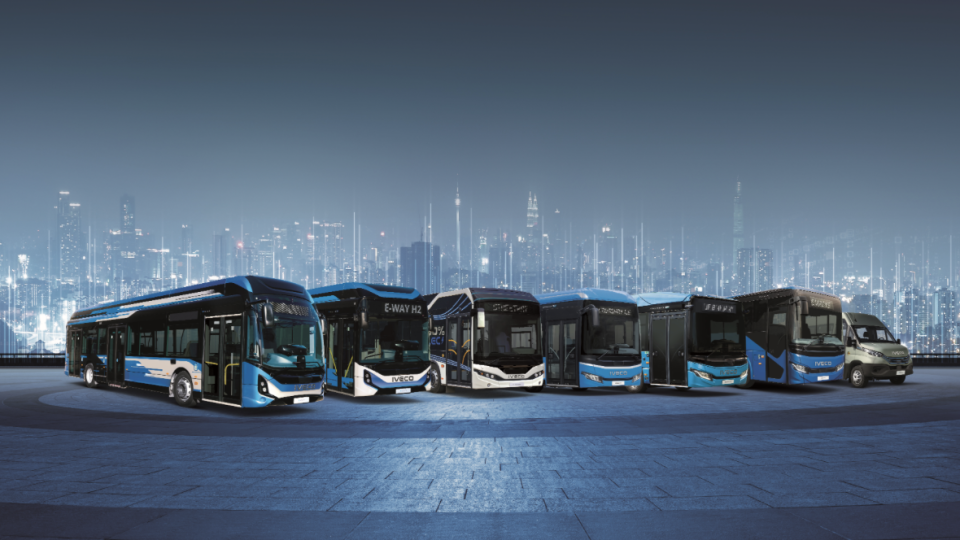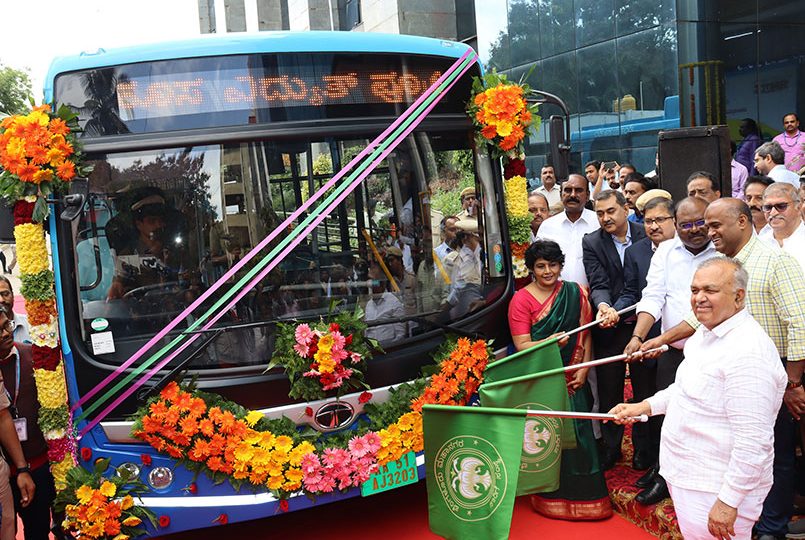What are flexible services, what is DRT? A look at definitions, market, challenges of on-demand transportation
A contribution by prof. Gabriele Grea, researcher, and lecturer at TU Berlin and Bocconi University. He has been featuring the Sustainable Bus Tour VideoSpotlight “End of Public Transport as We Know It?”, broadcasted on 14th December (REPLAY AVAILABLE) With flexible services we mean those complementary services to mass transport that insert elements of flexibility in […]

A contribution by prof. Gabriele Grea, researcher, and lecturer at TU Berlin and Bocconi University. He has been featuring the Sustainable Bus Tour VideoSpotlight “End of Public Transport as We Know It?”, broadcasted on 14th December (REPLAY AVAILABLE)
With flexible services we mean those complementary services to mass transport that insert elements of flexibility in the transport offer in space and time. In space, going to fit into the territories and relationships (for example first-last mile, or door-to-door) not served by the traditional offer, over time going to integrate the existing offer at times in which the services of fixed schedules and routes are costly and ineffective at meeting demand.
Traditional public transport operates within fixed routes, stops, and timetables while flexible DRT service usually doesn’t use the same route, stops or even timetable. These characteristics make the DRT service more adequate in answering users’ mobility needs, not only in the areas with low demand but also during the periods with low demand (weekends, holidays, and nights).
There are four main operational concepts of DRT service:
(1) route deviation with fixed stops
(2) point deviation with fixed stops
(3) destination demand-responsive transport
(4) pure demand-responsive transport.
Considering the market, there are today 870 projects surveyed at a global level. Around one third is in Europe, and 70 per cent can be conducted to the public transport traditional use case, but other use cases are emerging such as paratransit and some B2B opportunities.
Most of these projects are on a small scale and engage less that 5 vehicles per program, but in the last years bigger projects have been developed specially in Germany, UK and France, involving in some cases over 100 vehicles.
prof. Gabriele Grea, researcher, and lecturer at TU Berlin and Bocconi University.

DRT solutions, a real push for public transport’ offer
Demand Responsive Transit (DRT) services are frequently identified as a useful solution to improve the connectivity of areas with low demand and population density thanks to the greater flexibility compared to scheduled local public transport services.
But DRT potential includes a range of applications such as:
- Night/off peak services in urban areas;
- Feeders for the public transport core network in peripheral areas;
- B2B solutions for companies and big demand generators/attractors;
- Non Emergency Medical Transportation;
- Leasure and tourism oriented services;
And more in general, DRT offers the possibility to use public transport resources more efficiently, to reach new potential demand not satisfied by traditional transport options.
A look at the market of DRT applications
Considering the market, there are today 870 projects surveyed at a global level. Around one third is in Europe, and 70 per cent can be conducted to the public transport traditional use case, but other use cases are emerging such as paratransit and some B2B opportunities.
Most of these projects are on a small scale and engage less that 5 vehicles per program, but in the last years bigger projects have been developed specially in Germany, UK and France, involving in some cases over 100 vehicles.
Governance, operations, business case of DRT: challenges!
DRT services are often developed as stand-alone solutions to specific needs, the potential of scalable strategies and solutions is widely underestimate, as their integration in local transport networks.
In order to make DRT become a functional and integral part of regional mobility networks, enhancing accessibility for citizens, territorial cohesion and social inclusion, we have to look both at the governance, operational and business aspects.
Concerning governance approaches, in many countries the development of a regulatory framework defining their fields of applicability and supporting their development, also through systematic integration into regional, urban and metropolitan mobility plans (PRT, SUMP), is missing or incomplete. A systematic integration into regional and urban mobility plans would be highly beneficial in order to make DRT more central into networks.
One of the objectives of One of the objectives of the DREAM_PACE project (co-funded by Interreg Central Europe), launched earlier this year and lasting for two years, covering six regions in five European countries, is to promote the integration of DRT into SUMP methodology in order to support the innovative aspects of DRT concepts into regional mobility networks.
Operationally, the integration with public transport, but also with other services with different degrees of flexibility (e.g. taxi, pooling and other informal services) is the key to modulate on-demand services around the needs of communities and territories with diverse characteristics and objectives, from fulfilling connectivity needs to primary networks, to guaranteeing accessibility to remote areas and vulnerable users groups.
And last but not least, under the business sustainability point of view, it’s fundamental to promote synergies between different policy sectors, better segment demand and tariffs, promote new collaborative business models engaging different stakeholders where appropriate.









